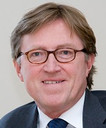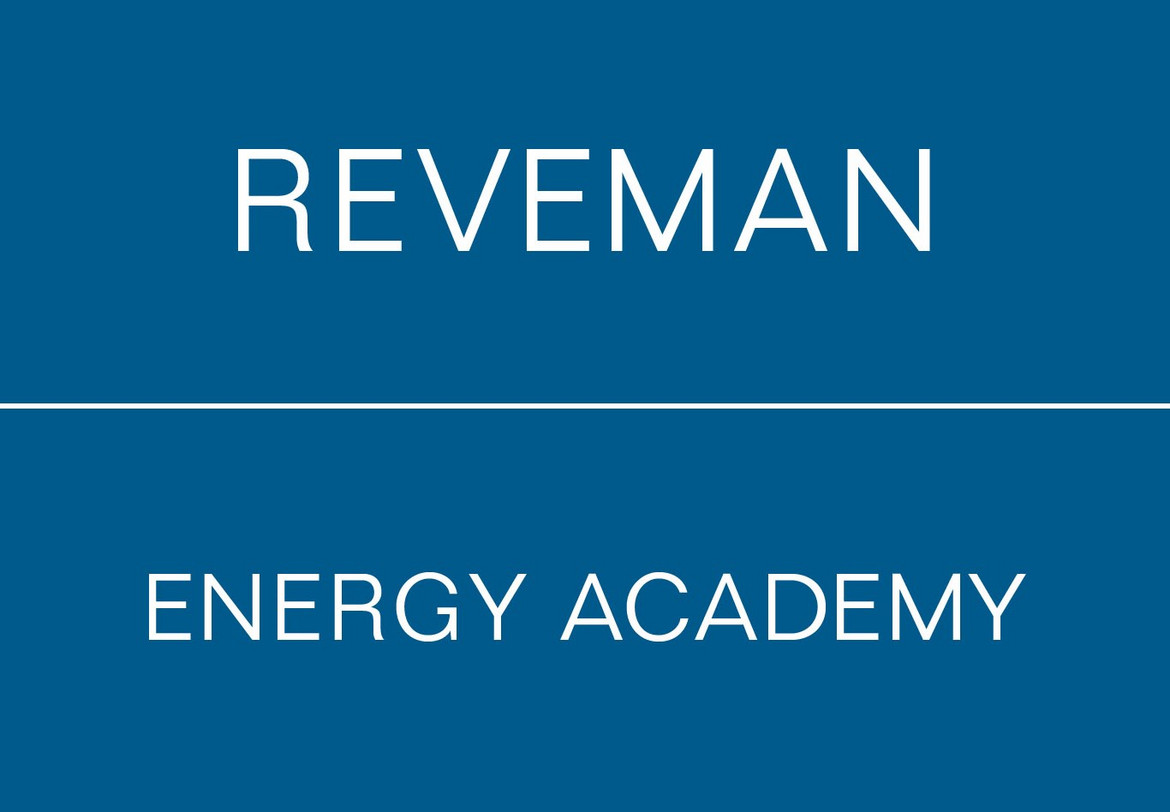Data Centers in the Transformation to Sustainable Energy Consumption
As data centers become ever larger consumers of energy, they have the chance to play a key role in shaping the move towards using more renewable energy and the future energy market. Staffan Reveman of Reveman Energy Academy looks at the hurdles ahead and possible symbioses for data center energy consumption.
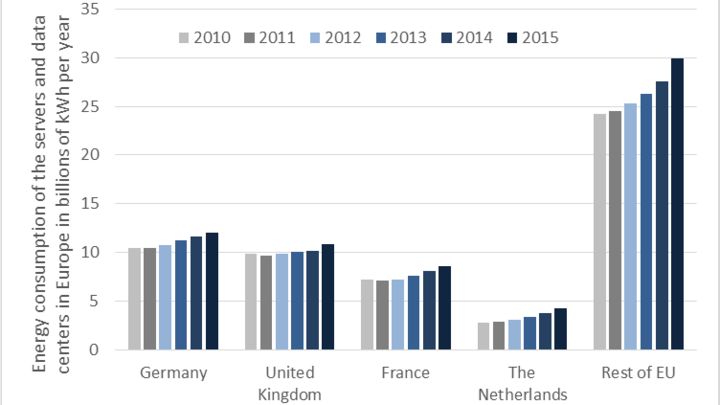
© Borderstep Institute
In the last few years, energy consumption in the data center sector worldwide has very rapidly increased. Compared with other countries in Europe, energy consumption by servers and data centers (2015) are highest in Germany, the United Kingdom (approx. 10.8 TWh), France (approx. 8.6 TWh), and the Netherlands (approx. 4.3 TWh). Taken together, they account in 2015 for 54 % of the electricity consumption of all servers and data centers in Europe (65 TWh).
Although further efficiency gains were achieved in IT hardware and data center infrastructure, according to Borderstep Institute, the electricity consumption of the data centers in Germany increased by 4.2 % to 12.4 billion kWh in 2016 (for more from the Borderstep Institute, see the interview with Dr. Ralph Hintemann, "Why and How the Energy Requirements of Data Centers Are Growing").
Continually increasing energy consumption by data centers is to be expected for the future. If the current trends in IT usage continue, the energy consumption of German data centers will increase further and reach more than 14 billion kWh in 2020 and possibly even 16.4 billion kWh in 2025. The electricity invoice for all data centers in Germany is already today at 2 billion Euro and it is steadily increasing.
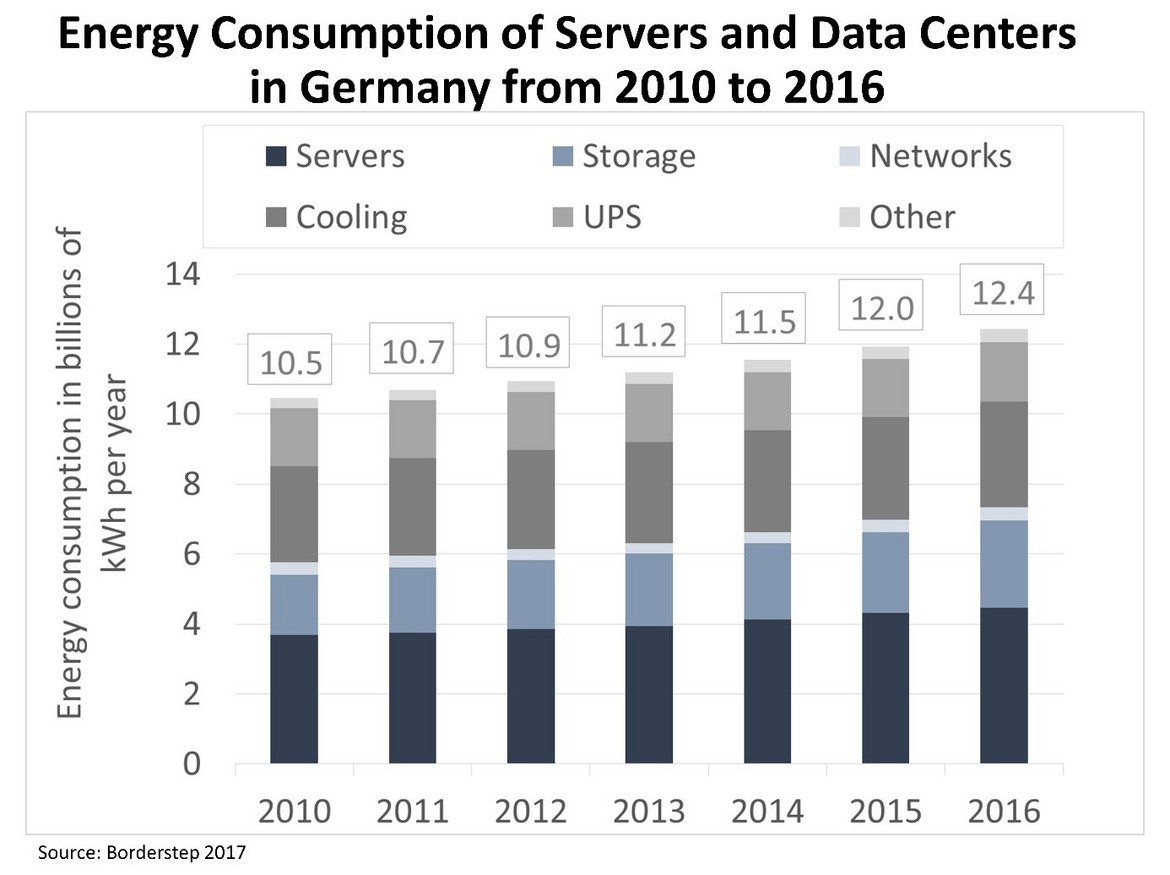
There are specific challenges in Germany; in particular the German “Energiewende” or the energy transition towards more sustainable energy sources.
- To retain public support for the project, the government has to stabilize electricity prices and find a solution to the unequal distribution of the burden related to the EEG (Erneuerbare-Energien-Gesetz; the German Renewable Energy Law) apportionment.
- A fast and cost-effective solution for grid extension needs to be found and implemented.
- Germany has to define the future role of gas and coal in its energy mix and work seriously on its CO2 emissions if it wants to reach its long-term reduction targets and keep its green image.
- With zero marginal cost renewables increasingly dominating the market, governments around the world must revisit their fundamental market design and consider different solutions that enable electricity suppliers to realize a return on their investment over the long term while balancing market supply and demand over the short term.
- The development of cost-effective storage solutions will be critical to balance intermittent renewable supplies and use the frequent abundance of renewables at zero marginal cost. This should be a focus of political attention, without trying to pre-determine the winning technology.
Affordable storage: The missing link
I see affordable storage as the missing link between intermittent renewable power, such as solar and wind, and 24/7 reliability. Utilities are intrigued by the potential for storage to meet other needs such as relieving congestion and smoothing out the variations in power that occur independent of renewable-energy generation.
A McKinsey research shows considerable near-term potential for stationary energy storage. One reason for this is that costs are falling and could be $200 per kilowatt-hour in 2020, half of today’s price, and $160 per kilowatt-hour or less in 2025. Another is that identifying the most economical projects and highest-potential customers for storage has become a priority for a diverse set of companies including power providers, grid operators, battery manufacturers, energy-storage integrators, and businesses with established relationships with prospective customers such as solar developers and energy-service companies.
Decentralized storage and renewable energy: The perfect match
Decentralized storage and renewable energies have been described as ‘the perfect match’. Storage can smooth out the peaks and troughs of intermittent electricity supplies from renewable energies, essentially by storing energy when it is plentiful and making it available for consumption when generation output is low. But relatively small storage facilities near to the point of production – in contrast to large, remote storage facilities such as hydropower – may also have more far-reaching implications for the design and operation of the electricity distribution grids of the future, not least smart grids.
So long as renewable energy sources make up less than 25 % of the energy mix in Europe, conventional, centralized storage can balance out fluctuations in the grid, ensuring that supply matches demand on a second-by-second basis. This can be reinforced, if necessary, by back-up supply, e.g. from open cycle gas turbines, depending on how quickly and for how long the shortfall lasts, as well as by demand-side management, such as demand response, where consumers themselves modulate their electricity use to match supply – often driven by price incentives. But as the proportion of renewable energy sources in the electricity generation mix increases – with a target of 55 % under the European Commission’s 2050 Energy Roadmap – the corresponding increase in fluctuations, because of the intermittent nature of the supply, will challenge these existing stabilizing capabilities.
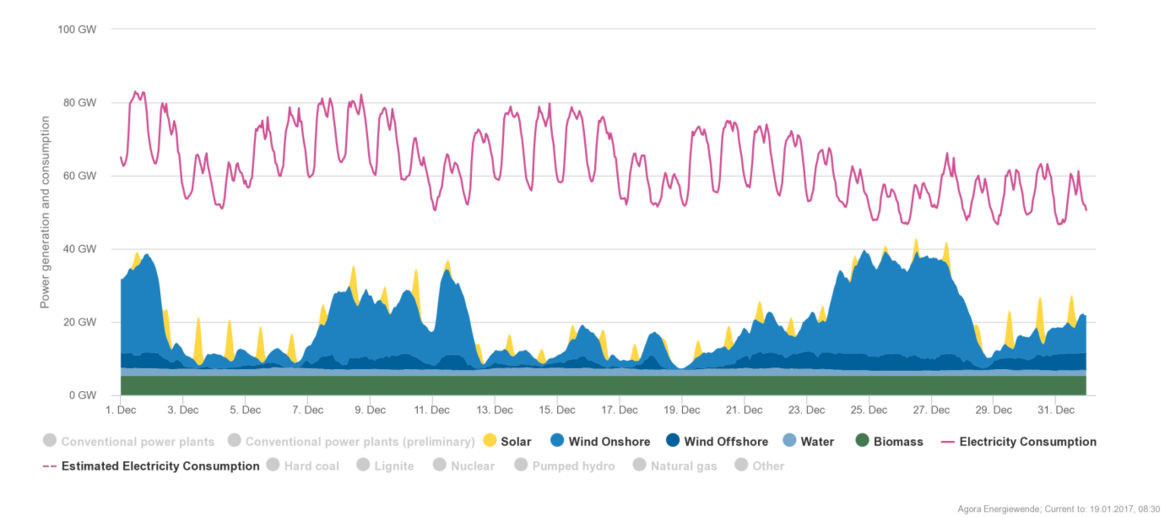
The obvious need for storage Source: Agora Energiewende. Renewables production in Germany December 2016
A number of demonstration projects are already underway or being planned in Europe to test the contribution of alternative forms of large-scale storage on the running of the electricity grid. But much of the potential for decentralized storage in the future could be via the smart grid. Unlike the conventional grid, the smart grid is two-way, with consumers also supplying electricity. As the Eurelectric report puts it, “a future smart grid without decentralized electricity storage could be like a computer without a hard drive: seriously limited.” Decentralized storage can help to balance out unacceptable voltages or currents from intermittent sources, allow renewable sources to continue producing electricity, rather than be curtailed, when they would otherwise lead to grid congestion. It can also overcome short-duration voltage sags and interruptions, help DSOs postpone grid expansion by making more efficient use of existing capacity and improve the reliability of local supply.
Decentralized storage may also have a longer-term role to play in energy management, by decoupling electricity production from its instantaneous consumption. As small-scale storage technology close to the point of production becomes more affordable, it will help renewable energy to move away from a subsidized system of feed-in tariffs towards a market-driven approach, by increasing the availability and reliability of the energy supply from intermittent sources and creating a more solid business case and avoiding the need for “greenwashing”.
We need to view data centers as impacting on and being part of the energy transformation we are going through, also underlined by their important role in driving the increasing use of renewables.
Imagine if we could use the 65 TWh of electricity powering French, U.K., Dutch, and German data centers in a dramatically more efficient way. Imagine if the excess data center heat, which is the residual product of data processing, would no longer be wasted and we would make data centers part of our ambition to build smart and sustainable cities. What we need in the future is societal consensus. We have to strive after symbioses. We have to understand the data center as a part of the transformation using renewables where it is possible and, as much as possible, install highly efficient infrastructure. We have to use energy twice – install heat recovery, find a buyer, and reuse the heat in an efficient way.
Every now and then, we read about reuse initiatives. However, so far none of them have been successful in reaching industrial scale. What does it take to reach scale?
Obviously, the critical key is the demand for heat. Contrary to the general idea that your data center should be in a cold county so that you can release the heat to the environment, you could choose to be in a country where heat has value. An example is Stockholm Data Parks in Sweden, where they manage excess heat and reuse it, and they pay for it.
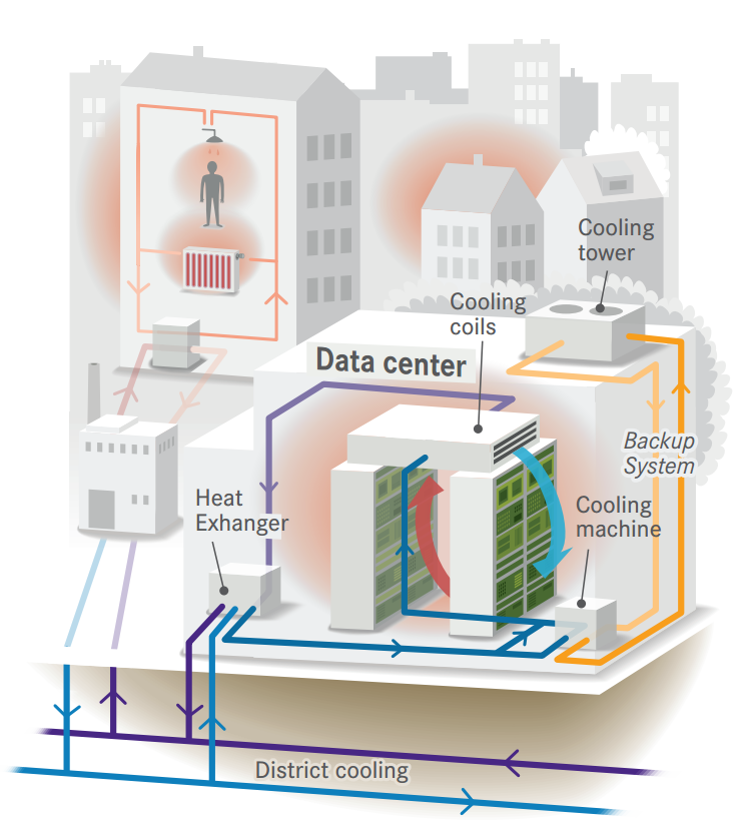
Energy recovery from data centers Source: Stockholm Data Parks
Cities with district heating are ideally suited for heat recovery. Many heat recovery projects performed elsewhere do not meet the prerequisites for successful heat recovery. A challenge is the sheer quantities of heat that need to be managed. A 10 MW data center-load corresponds to the heating needs of around 20,000 modern residential apartments (55 kWh/m2/year).
With Stockholm’s 12 TWh/year district heating system, there is enough heat demand to accommodate heat recovery from data centers of any size (corresponding to close to 150 data centers with 10 MW load).
The demand for district heating and cooling is growing steadily worldwide http://www.transparencymarketresearch.com/district-heating-cooling-market.html. Could data centers be one of the heat suppliers for the future?
The district heating company in Stockholm has more than 25 years´ experience of recovering heat from data centers and transferring it to district heating. IBM was the first connected data center 25 years ago already. It is high time for other countries to start with heat recovery for data centers and to identify desirable symbioses.
Sources: Borderstep, BDEW, Deloitte, McKinsey, Fortum Värme, Stockholm Data Parks, Agora-Energiewende.
Staffan Reveman is an independent expert, advisor, and consultant in the market of energy, uninterruptible power supply (UPS), IT infrastructure, heat recovery and data center. Reveman is a Swedish citizen - living and working in Baden-Baden, Germany since 1975, with long experience in the European power supply and data center market.
Since the beginning of 2011, Reveman is the owner of Reveman Energy Consulting and the Reveman Energy Academy, Baden-Baden, serving international energy, power supply and IT companies with strategies, business development, trainings, and keynote speeches. Reveman also works as an advisor for politicians in Berlin and Brussels. He is involved in EU activities around power electronics, energy, IT infrastructureand in DIN (Deutsches Institut für Normung) standardization working groups.
Please note: The opinions expressed in Industry Insights published by dotmagazine are the author’s own and do not reflect the view of the publisher, eco – Association of the Internet Industry.

